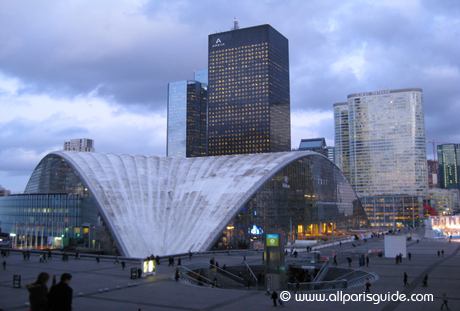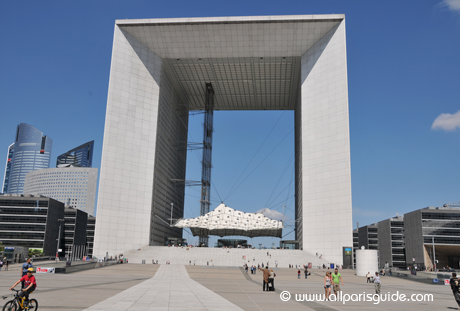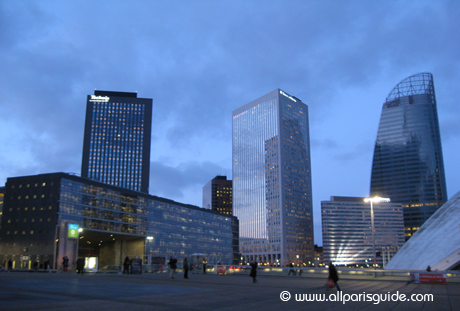Paris‘s new 300,000 ton white marble symbol, La Grande Arche, is the western gateway to the capital and reigns over an urban development first mooted in the 1930s. World War II put a brake on all urbanist projects, but by 1958 an astonishing edifice, the CNIT, had risen from the ground. Throughout the 1960s, wondrous and hideous architectural experiments sprouted in all directions, symbols of France’s postwar mutation.
Catastrophic in many cases, utopian in others, La Défense was intended as a new business and residential center. The oil crisis in 1973 slowed its momentum but had a positive effect, too, forcing architects and developers to look more closely at what was fast becoming a nightmare knot of viaducts, tunnels and unrelated forms.
Three successive presidents examined three successive projects to complete La Tête Défense and finally to provide this labyrinth with a focal point. An unknown Danish architect, Otto Von Spreckelsen, was finally selected by Mitterrand to build his marble “window on the world”, the disemboweled cube that has become La Grande Arche. Its symbolic measurements (100 meters by 100 meters) echo those of the Cour Carrée in the Louvre.





